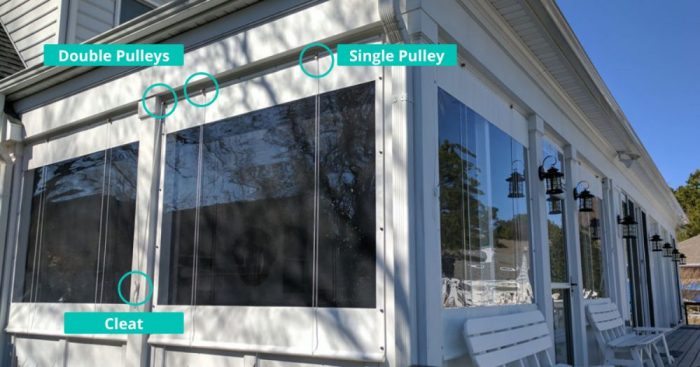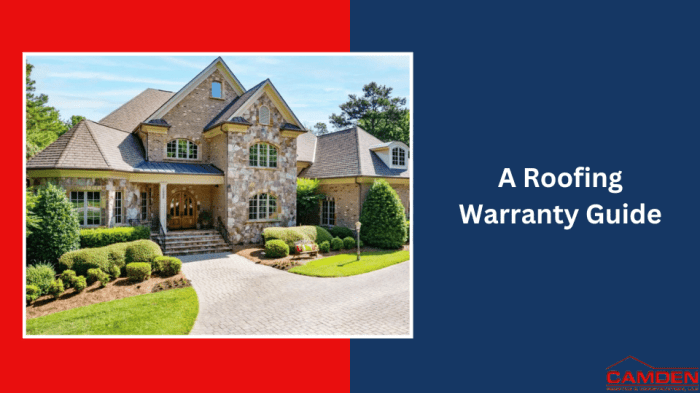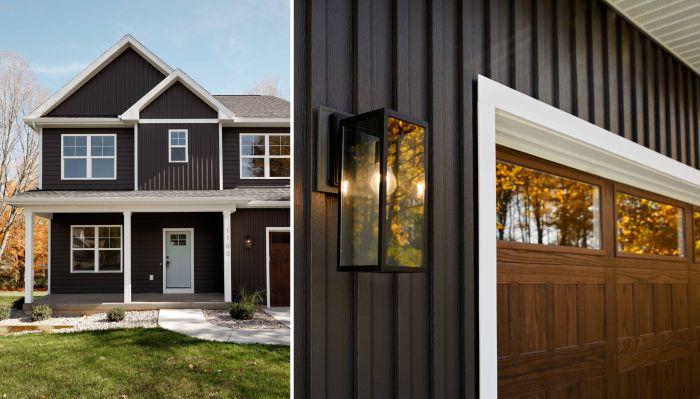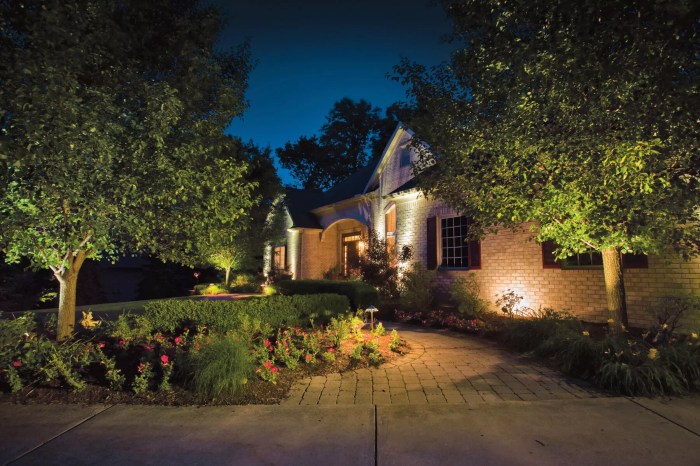Green building designs by certified architects: Sustainable Solutions for the Future
Embark on a journey into the world of green building designs by certified architects, where innovation meets sustainability to create a greener future. Discover how these architectural marvels are reshaping our environment and promoting eco-friendly practices for generations to come.
Green building designs by certified architects play a crucial role in revolutionizing the way we perceive construction, blending aesthetics with environmental consciousness.
Introduction to Green Building Designs by Certified Architects
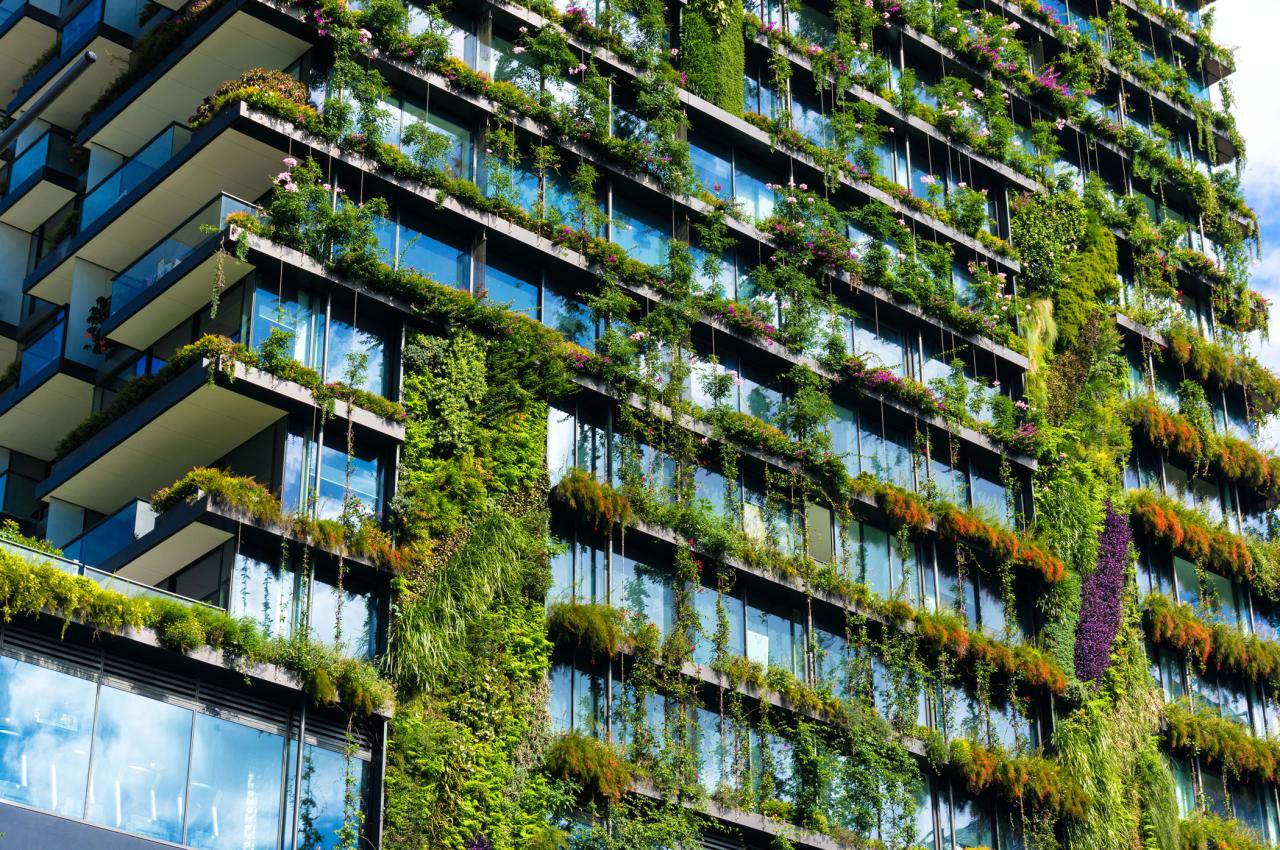
Green building designs focus on creating structures that are environmentally friendly and sustainable, reducing the overall impact on the environment. Certified architects play a crucial role in promoting these practices by incorporating eco-friendly materials, energy-efficient systems, and innovative design solutions into their projects.
Their expertise ensures that buildings are not only aesthetically pleasing but also meet strict environmental standards.
Examples of Successful Green Building Projects
- The Bullitt Center in Seattle, Washington is a net-zero energy building that produces as much energy as it consumes. Designed by Miller Hull Partnership, it incorporates features such as solar panels, rainwater harvesting, and natural ventilation to minimize environmental impact.
- The Edge in Amsterdam, Netherlands, designed by PLP Architecture, is considered the greenest office building in the world. It utilizes smart technologies for energy management, efficient water usage, and sustainable materials to achieve a high level of sustainability.
- Bosco Verticale in Milan, Italy, designed by Stefano Boeri Architetti, is a pair of residential towers covered in greenery that absorb CO2 and produce oxygen. This innovative design not only enhances the cityscape but also contributes to air purification and biodiversity.
Principles of Green Building Designs
Green building designs are guided by key principles that focus on sustainability and environmental responsibility. These principles include energy efficiency, water conservation, and the use of sustainable materials. By integrating these principles into the design process, architects can create buildings that are not only environmentally friendly but also cost-effective in the long run.
Energy Efficiency and Passive Design Strategies
Energy efficiency is a fundamental principle of green building designs. Architects incorporate passive design strategies to reduce energy consumption and minimize the reliance on artificial heating and cooling systems. By utilizing natural ventilation, daylighting, and thermal mass, buildings can maintain comfortable indoor temperatures without excessive energy use.
Water Conservation
Water conservation is another crucial aspect of green building designs. Architects incorporate features such as rainwater harvesting systems, greywater recycling, and low-flow fixtures to reduce water consumption in buildings. By implementing these strategies, buildings can minimize their impact on local water resources and contribute to overall water conservation efforts.
Use of Sustainable Materials
The use of sustainable materials is essential in green building designs to reduce environmental impact. Architects prioritize materials that are renewable, recyclable, and locally sourced whenever possible. By choosing materials with a low carbon footprint, buildings can minimize their contribution to greenhouse gas emissions and promote a more sustainable construction industry.
Indoor Air Quality and Occupant Health
Green building designs prioritize indoor air quality to ensure the health and well-being of occupants. Architects incorporate ventilation systems, non-toxic finishes, and materials with low volatile organic compound (VOC) emissions to create a healthy indoor environment. By promoting good indoor air quality, green buildings can enhance occupant comfort and productivity while reducing the risk of health issues related to poor indoor air quality.
Benefits of Green Building Designs
Green building designs offer a wide range of benefits that encompass environmental, economic, and social aspects. These benefits not only contribute to a more sustainable future but also provide tangible advantages for building owners and occupants.
Environmental Benefits
- Reduced Carbon Footprint: Green buildings are designed to minimize energy consumption and promote the use of renewable energy sources, leading to a significant reduction in greenhouse gas emissions.
- Resource Conservation: By incorporating sustainable materials and efficient systems, green buildings help conserve natural resources such as water, wood, and energy.
Economic Advantages
- Lower Operating Costs: Green buildings are more energy-efficient and require less maintenance, resulting in lower utility bills and operational expenses for building owners.
- Increased Property Value: Green buildings are in high demand due to their sustainability features, leading to higher property values and better return on investment.
Social Benefits
- Improved Occupant Health: Green buildings prioritize indoor air quality, natural lighting, and thermal comfort, creating a healthier and more productive environment for occupants.
- Enhanced Well-being: The use of biophilic design elements and sustainable practices in green buildings have been shown to positively impact the well-being and satisfaction of building occupants.
Certification Processes for Architects in Green Building Design
Architects specializing in green building design have the opportunity to obtain certifications that showcase their expertise in sustainable and environmentally-friendly construction practices
. These certifications not only validate their skills but also demonstrate their commitment to creating buildings that are energy-efficient and eco-friendly.LEED Certification
- LEED (Leadership in Energy and Environmental Design) certification is one of the most widely recognized green building certifications available to architects.
- Architects can achieve different levels of LEED certification, such as LEED Green Associate or LEED Accredited Professional, depending on their experience and knowledge in sustainable design.
- The certification process involves passing an exam and completing specific education requirements to demonstrate proficiency in green building principles.
Green Globes Certification
- Green Globes is another certification program that focuses on sustainable building design and construction.
- Architects can pursue Green Globes Professional accreditation by completing an online assessment and demonstrating their expertise in green building practices.
- Unlike LEED, Green Globes offers a more flexible and cost-effective certification process, making it a popular choice for architects looking to specialize in green building design.
Continuing Education and Training
- Once architects obtain their green building design certifications, they are required to engage in continuing education and training to maintain their credentials.
- This ongoing education ensures that architects stay up-to-date on the latest sustainable design practices and technologies, allowing them to effectively incorporate green building principles into their projects.
- By participating in workshops, seminars, and other educational activities, architects can enhance their skills and knowledge in green building design, ultimately benefiting both their careers and the environment.
Innovative Technologies and Trends in Green Building Designs
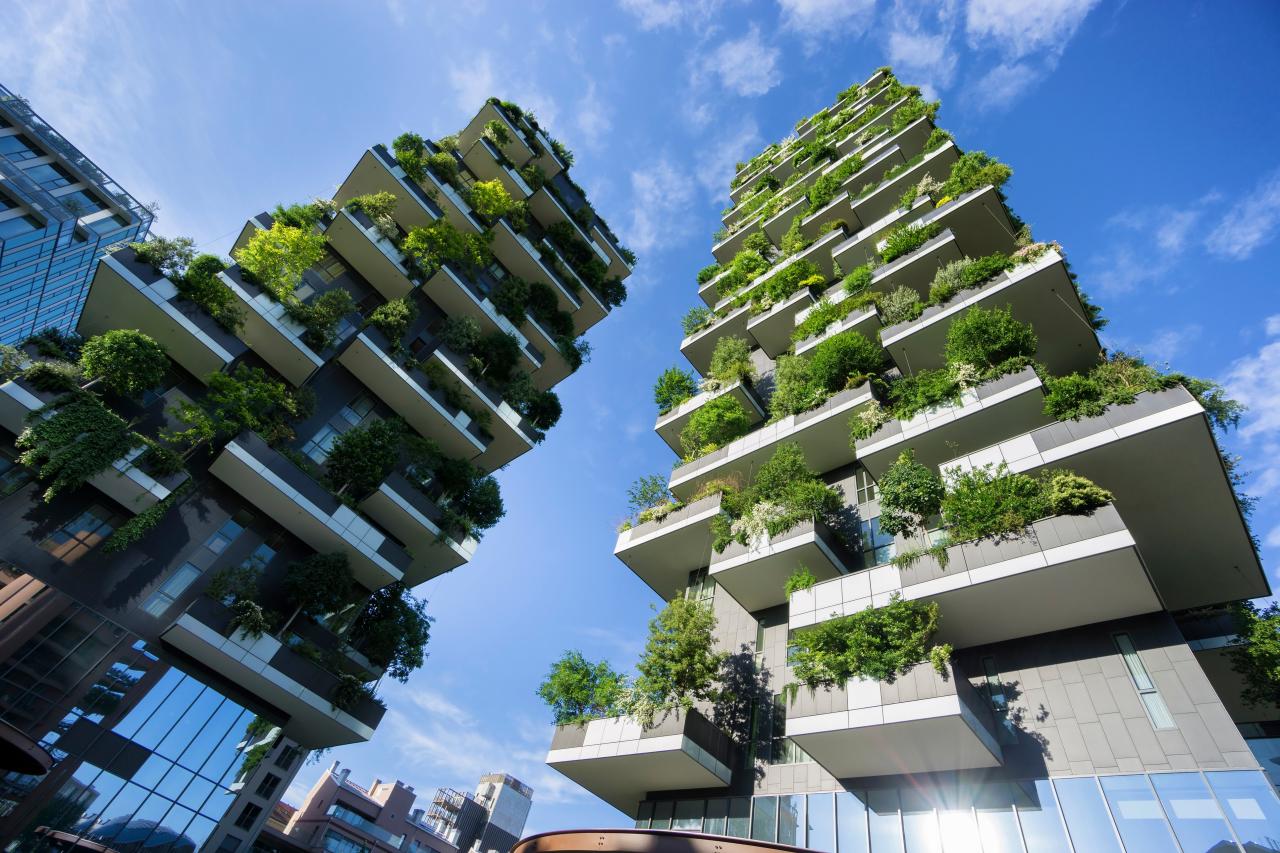
Green building designs are constantly evolving to incorporate innovative technologies and stay ahead of emerging trends in sustainable architecture. Architects are increasingly utilizing cutting-edge solutions to create environmentally-friendly structures that reduce carbon footprint and promote energy efficiency.
Photovoltaic Systems and Green Roofs
- Photovoltaic systems, also known as solar panels, are being integrated into building designs to harness solar energy and generate electricity on-site.
- Green roofs, covered with vegetation, help reduce heat absorption, improve air quality, and provide insulation to buildings, reducing the need for heating and cooling.
- Architects are exploring ways to combine these technologies to maximize energy efficiency and sustainability in their projects.
Net-Zero Energy Buildings and Biophilic Design
- Net-zero energy buildings are designed to produce as much energy as they consume, resulting in a neutral carbon footprint.
- Biophilic design principles focus on incorporating nature into the built environment, enhancing occupants' connection to the natural world and promoting well-being.
- Architects are embracing these trends to create healthier and more sustainable buildings that prioritize both human comfort and environmental conservation.
IoT and Smart Building Systems for Energy Management
- The Internet of Things (IoT) is revolutionizing green building designs by enabling connected devices to monitor and optimize energy usage in real-time.
- Smart building systems utilize IoT technology to automate energy management, adjust lighting and temperature settings, and track resource consumption for greater efficiency.
- Architects are incorporating these smart technologies to create intelligent buildings that respond to environmental conditions and user preferences, enhancing overall sustainability.
Outcome Summary
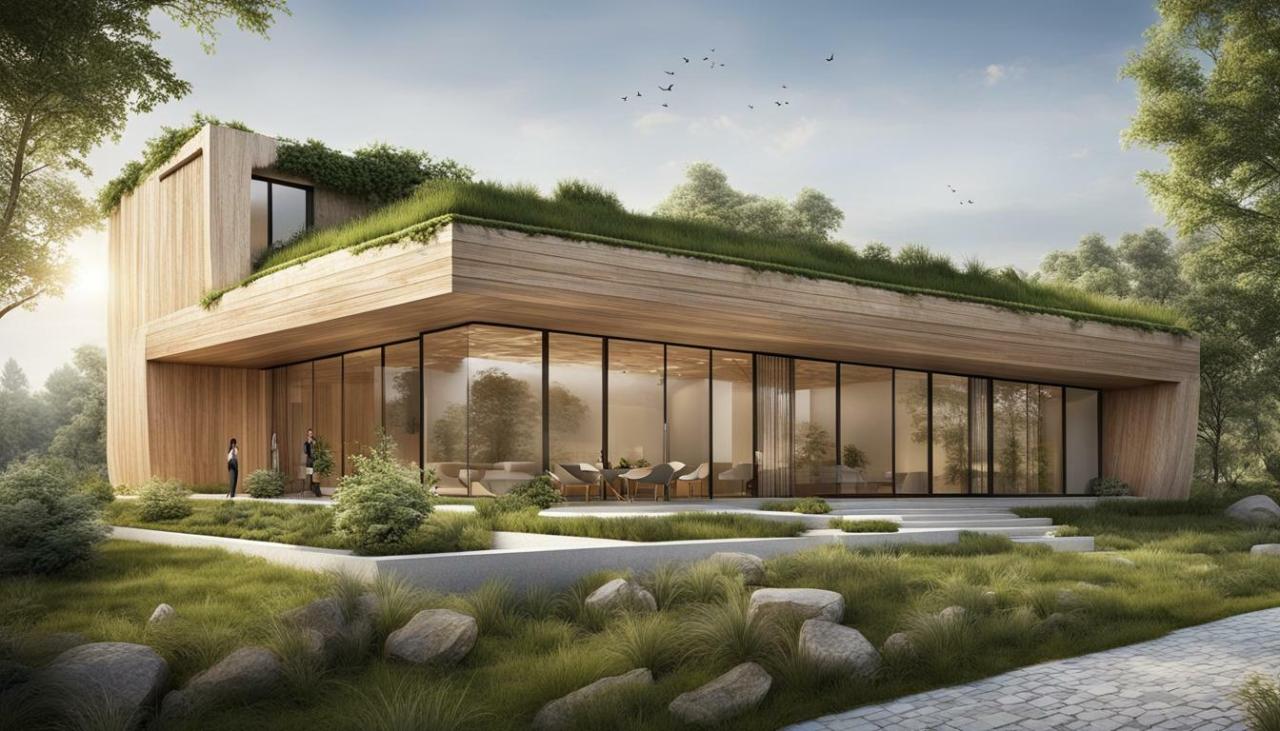
As we conclude our exploration of green building designs by certified architects, it's evident that these sustainable solutions are not just a trend but a necessity for a better tomorrow. Let's continue to embrace green practices and build a brighter, greener future together.
Common Queries
How do green building designs contribute to environmental sustainability?
Green building designs reduce environmental impact by promoting energy efficiency, water conservation, and the use of sustainable materials.
What are the economic benefits of implementing green building designs?
Implementing green building designs can lead to lower operating costs and increased property value over time.
What certification programs are available for architects in green building design?
Architects can pursue certifications like LEED or Green Globes to specialize in green building design.
